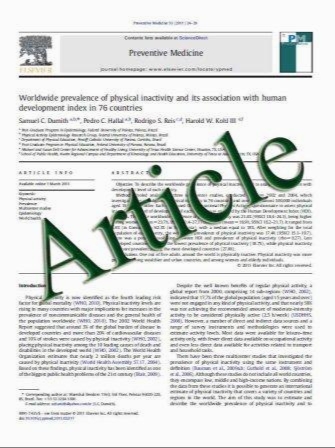Test–retest reliability of MRI-based disk position diagnosis of the temporomandibular joint
- نوع فایل : کتاب
- زبان : انگلیسی
- مؤلف : Chiyomi Nagamatsu-Sakaguchi & Kenji Maekawa & Tsuyoshi Ono & Yoshinobu Yanagi & Hajime Minakuchi & Shouichi Miyawaki & Junichi Asaumi & Teruko Takano-
- چاپ و سال / کشور: 2010
Description
This study evaluated the test–retest reliability for determining the temporomandibular joint (TMJ) disk position, diagnosed using magnetic resonance imaging (MRI). These assessments were done as a base-line measurement for a prospective cohort study, which examines the risk factors for precipitation and progression of temporomandibular disorders. Fifteen subjects (mean age, 24.2±0.94 years; male/female=8/7) were recruited from the students of Okayama University Dental School. Sagittal MR TMJ images were taken with a 1.5-T MR scanner (Magneton Vision, Siemens) in close and maximal open positions twice at about 1-week (6–11 days) interval. The images were displayed using 200% magnification on a computer screen with a commercially available image software package (OSIRIS, UIN/HCUG). Three calibrated examiners diagnosed the disk positions using the standardized criteria. The disk position of each joint was classified as normal, anterior disk displacement with or without reduction, and others. The first and second disk position diagnoses were compared, and the test–retest reliability level was calculated using the kappa index. The second disk position diagnosis was consistent with the first in 27 out of 30 joints. The calculated kappa value representing the test–retest reliability level between the first and second disk position diagnosis was 0.812. These results indicated that the test–retest reliability of MRI-based diagnosis of TMJ disk positions at about 1-week interval was substantially high, even though they were not completely consistent.
Clin Oral Invest DOI 10.1007/s00784-010-0476-9 Received: 25 February 2010 / Accepted: 28 September 2010


